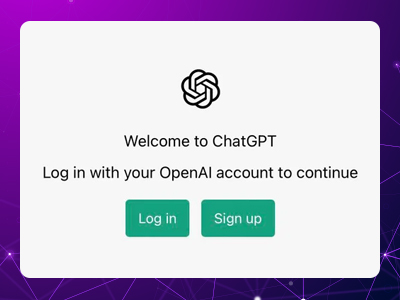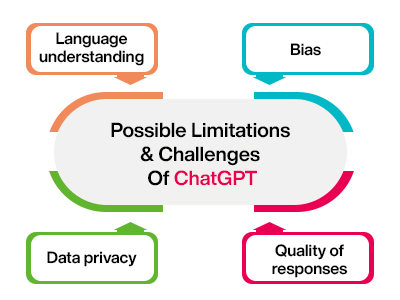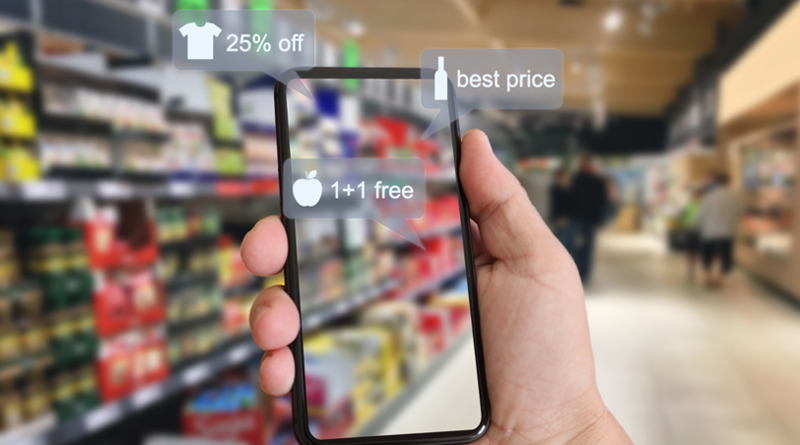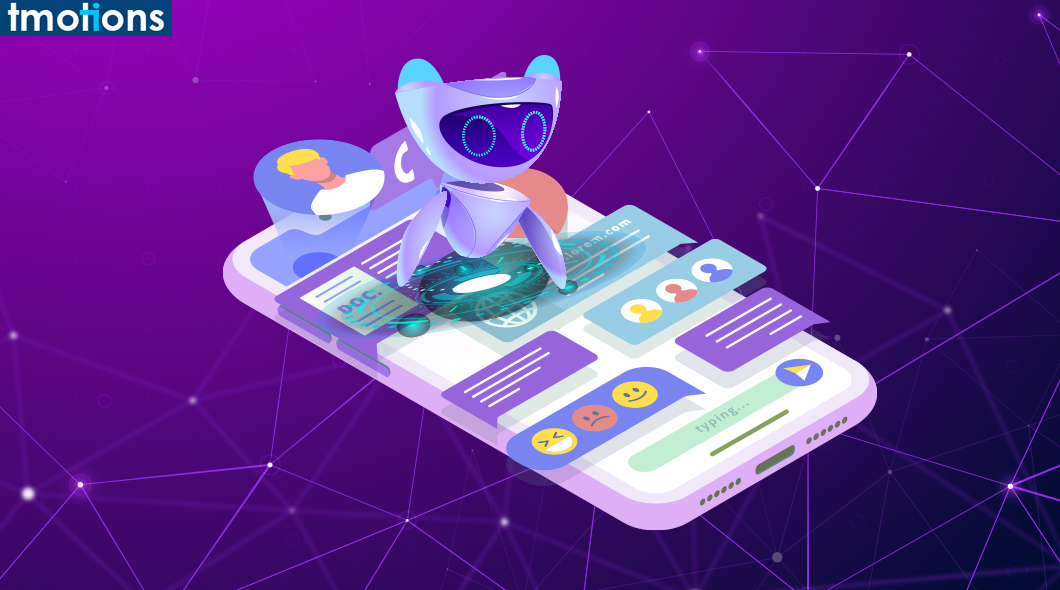Welcome to our blog post on ChatGPT, the natural language processing (NLP) tool that will help you smooth sailing to rapid application development.
Overview On ChatGPT
ChatGPT is a variant of the GPT (Generative Pre-training Transformer) language model that is specifically designed for chatbot applications and developed by OpenAI. It is a deep learning model that is trained to generate human-like text by predicting the next word in a sequence, given the context of the words that come before it. GPT models have been used for a variety of tasks, including machine translation, summarization, and question answering.
There are several versions of the GPT model, including GPT, GPT-2, and GPT-3. These models are trained on large datasets of human-generated text and are able to generate coherent and realistic text when provided with a prompt. GPT models can be fine-tuned for specific tasks, such as generating responses in a chatbot, by training the model on a dataset that is specific to the task.
In the context of chatbots, GPT models can be used to generate responses to user input in a conversation. The chatbot can use the context of the conversation and the user’s previous inputs to generate a response that is appropriate and coherent in the context of the conversation.
Read More: Immersive eCommerce is Here | How To Enhance Your eCommerce Store For Better Customer Engagement
Features Of ChatGPT
There are several features of GPT models that make them well-suited for use in chatbots:
-
Human-like Text Generation
GPT models are able to generate text that is similar to text that a human might write, making them well-suited for use in chatbots that need to generate human-like responses.
-
Contextual Understanding
GPT models are able to understand the context of a conversation and use this context to generate appropriate responses.
-
Customization
GPT models can be fine-tuned for specific tasks, such as generating responses for a chatbot, by training the model on a dataset that is specific to the task.
-
Efficiency
GPT models are able to generate responses quickly, making them well-suited for use in real-time chatbot applications.
-
Scalability
GPT models can be trained on large datasets, making them able to handle a wide range of inputs and generate responses to a wide range of prompts.
-
Versatility
GPT models can be used for a variety of language tasks, including machine translation, summarization, and question answering, in addition to generating responses for chatbots.
How Does ChatGPT Work?
GPT Models work by using a deep neural network to predict the next word in a sequence of words, given the context of the words that come before it. The model is trained on a large dataset of human-generated text and learns to generate text that is similar to the text in the training dataset.
To Generate Text, the model is provided with a prompt, which is a sequence of words that provides context for the text that the model is generating. The model then uses this prompt to generate a sequence of words, one word at a time, until it reaches the end of the desired text sequence.
In the Context of a Chatbot, the model can be used to generate responses to user input in a conversation. The chatbot can use the context of the conversation and the user’s previous inputs to generate a response that is appropriate and coherent in the context of the conversation.
To fine-tune a GPT model for a specific task, such as generating responses for a chatbot, the model can be trained on a dataset that is specific to the task. This can help the model learn to generate text that is more relevant and appropriate for the specific task.
Read More: Power Up your B2B eCommerce with Search | Microsoft Dynamics 365 For Sales
To Use a GPT Model with a Chatbot:

Register with your Google or other given optional account or your email address. Apart from this, there are some necessary things you need to know during using a GPT model:
- Obtain a pre-trained GPT model or train your own model on a large dataset of human-generated text.
- Fine-tune the model for the specific task of generating responses for a chatbot, if necessary.
Integrate the model into your chatbot application and use it to generate responses to user input.
- Test and evaluate the model’s responses to determine their quality and appropriateness.
- Refine and improve the model as needed by training it on a larger or more specialized dataset or adjusting its hyperparameters.
Note: Ensure you have a phone number you can use to register with a code that OpenAI provides. Using a statement as an input may generate different results than using a question, and that the model may not have data on events before 2021.
However, you can regenerate responses to get multiple varieties of answers, and the model may admit mistakes, challenge certain premises, and refuse to answer if it determines that the query is beyond its scope. The model may also remember your previous conversation.
ChatGPT Use Cases
ChatGPT can be used in several different ways. Some possible use cases include:
-
Customer Service
ChatGPT could be used to build chatbots that assist customers in resolving issues, answering questions, and providing information.
-
Virtual Assistants
ChatGPT could be used to build virtual assistants that can perform tasks and provide information in natural language conversations.
-
Social Media
ChatGPT could be used to build chatbots that can engage with users in natural language conversations on social media platforms.
-
Education and Training
ChatGPT could be used to build chatbots that can provide interactive lessons and quizzes in natural language conversations.
-
Gaming
ChatGPT could be used to build chatbots that can engage with users in natural language conversations within games.
-
Health and Wellness
ChatGPT could be used to build chatbots that can assist users in managing their health and wellness by providing information, answering questions, and offering guidance in natural language conversations.
-
E-commerce
ChatGPT could be used to build chatbots on e-commerce websites to help users find products, complete transactions, or get recommendations.
-
Entertainment
ChatGPT can be used to create chatbots that can provide entertainment or engage users in conversation.
Read More: Digital Transformation: A Necessary Disruption
Possible Limitations & Challenges Of ChatGPT

Like any other artificial intelligence system, ChatGPT has certain limitations and challenges that need to be considered when using it for chatbot applications:
-
Language Understanding
ChatGPT is trained on a large dataset of human language, but it may still struggle to understand some words, phrases, or context. It may also have difficulty understanding sarcasm, irony, or other forms of figurative language.
-
Bias
ChatGPT is trained on a dataset of human language, and it may inherit biases that are present in that dataset. This could lead to ChatGPT generating responses that are biased or offensive.
-
Data Privacy
ChatGPT is trained on a large dataset of human language, and it may retain some information from that dataset. This could raise privacy concerns if sensitive or personal information is present in the training data.
-
Quality of Responses
ChatGPT is trained to generate responses that are coherent and fluent, but they may not always be accurate or relevant. It is important to carefully evaluate the quality of the responses generated by ChatGPT to ensure that they are suitable for the intended use case.
ChatGPT is an impressive tool for chatbots and other conversational AI applications. We hope we have given you some revelation and ideas with this blog post.
Are you ready to leverage Chatgpt for your business?











